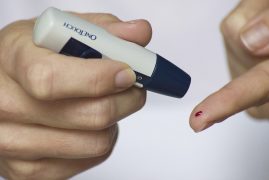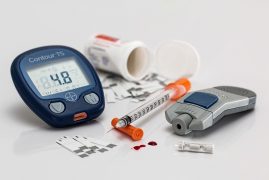There is no doubt that diabetes is one of the most common diseases in the world. But if diabetes is not controlled this disease cause a great decrease in quality of life, with cardiovascular blockages, kidney failure, etc. It can lead to many major ailments, resulting in fatal cases.
Treatment of diabetes has become very easy today with the development of metabolic surgery methods. The common question when doctors inform their patients about diabetes surgery is how is diabetes surgery performed? The techniques and methods mentioned by specialist doctors on this subject are given below.
Diabetes Surgery
Decision to solve disease with surgery should be made as a common decision by the doctor and the patient. Determinative factors in this case should be the condition of the patient, the effect of the disease on life, and complications related to the disease.
As a first step, the patient’s blood tests and various data are examined by the doctor. By such data will be determined the methods of the operation, the type of surgical intervention, issues related to the disease in the past and medicines were used. At the end of the analysis, the operation begins with the advice of the doctor and patient’s approval.
Diabetes surgery is generally performed under a series of surgical sequences called metabolic surgery methods. Providing hormonal changes to eliminate diabetes is the main purpose of this operation. Obesity is common with diabetes; diabetes surgery reveals its importance by eliminating both of these problems at the same time.
The operation concentrates on the stomach in the first stage, there is a flexible structure in your stomach that produces hunger hormone and makes you feel hungry. When the aforementioned part is taken by surgical intervention, your desire to eat will decrease significantly and the problem of obesity will end, and your diabetes will decrease, but this operation does not usually end the diabetes, so additional operations are needed. After the stomach operation is completed, the stomach is descended, the part between the gastric outlet and the small intestine is cut 250 cm and the same process is repeated with the last part of the small intestine. The region located in the last part of the intestine is responsible for the secretion of a special hormone, its direct contact with pure food is required to increase this hormone, and this is the main purpose in the procedures.
After the operation is completed, the rate of insulin secretion increases significantly and diabetes ends up as more hormones secreted from the relevant part of the small intestine remove the pressure on the pancreas.



